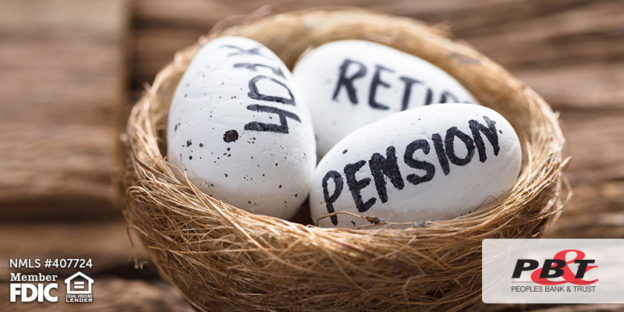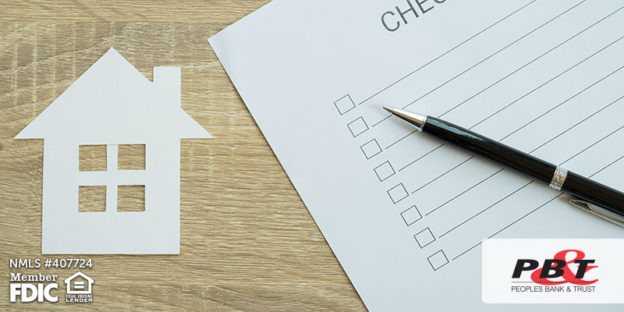No matter your age, everyday you work is a step closer to retirement. When you think of driving off into the golden years, where are you headed? You likely have a picture in mind whether it be having a house in your dream location or an RV to explore the National Parks. Whatever that goal is, the steps to get there are going to be similar. Here’s some great money moves you can make in order to reach your retirement savings goals.
Start Where You Are
Many are under the impression that they should wait to save for retirement until they make a significant salary. You may be surprised at how much can be saved with a quality savings account on a small income. Even if you are only able to put $25 away each month, it is a great start. Most importantly, it gets you into the habit of saving. Once this habit is established, it will be easier for you to continue this as your salary and contribution increases.
Make Use of Every Employee Plan
If your employer offers matching contributions to your 401(k), take advantage of this. With most employers, the process is automated to come out of each paycheck. It takes the decision making out of the equation and can add up over the course of your career. If your employer does not offer this, consider contributing to an IRA on your own. It can either be a traditional or Roth.
You Must Stash
No, we aren’t talking about your mustache. What we mean is that you must stash away any extra income that you have. If you get extra income from a bonus or selling a valuable personal item, put that money into a savings account. It may not seem as glamorous as buying a new car or getting a new wardrobe, but your future self will thank you.
Let Your Kids Hear “No”
Many people try to give their kids every opportunity available. While this is great, it should not come at the expense of your retirement savings. Extracurricular activities can get very costly, especially if your children are in elite clubs. One way to cut down on these expenses while keeping them active is to limit them to one activity per season. They will learn to take advantage of every opportunity given to them as well as learn how to get involved in free activities like volunteering or after school clubs.
Saving for retirement can be tricky, so allow us to help your money grow with a CD or IRA from Peoples Bank & Trust.
Peoples Bank & Trust Co.
Member FDIC
Equal Housing Lender





